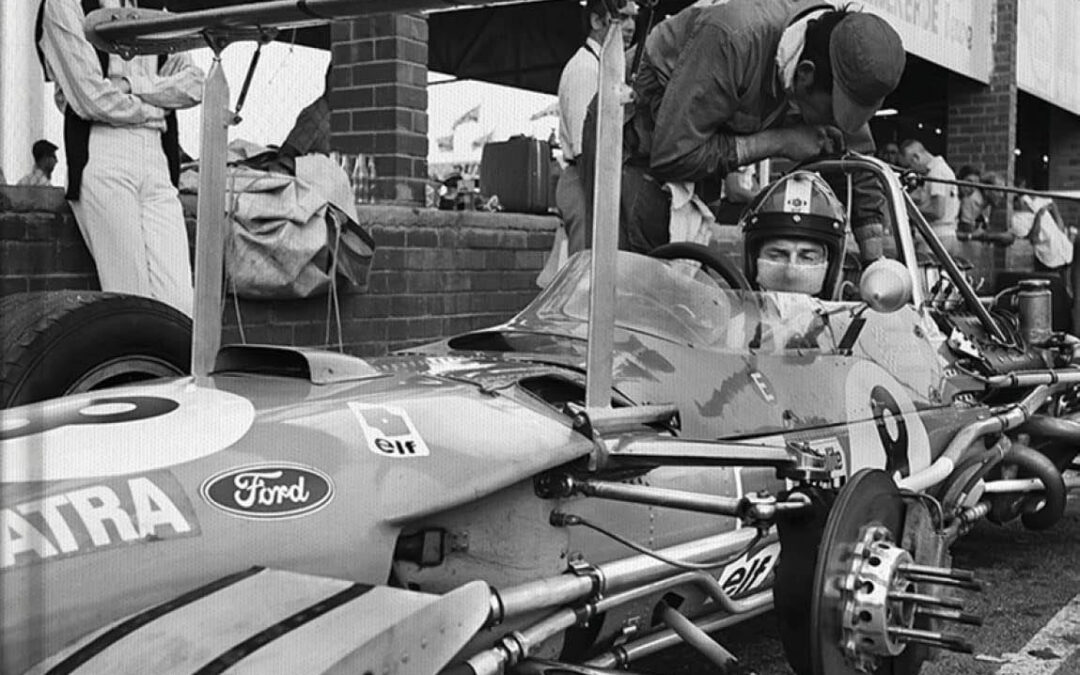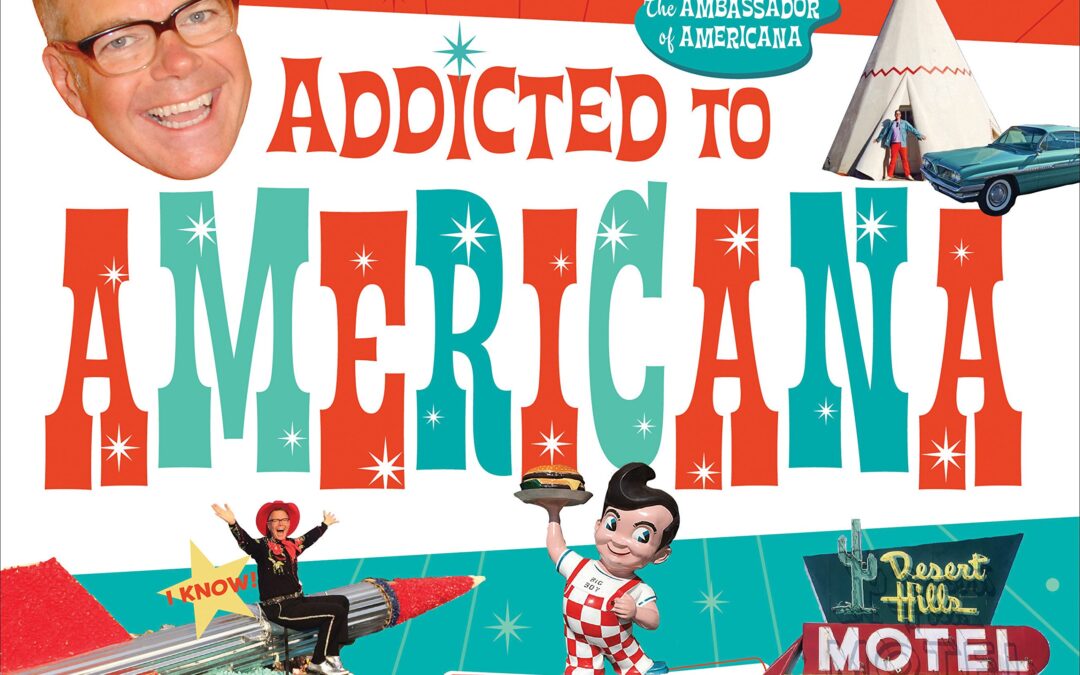
An adventure through the classic, the vintage, the kitsch, the nostalgic, and the fun of Americana culture guided by showman Charles Phoenix.
“Addicted to Americana…unfurls the most colorful, most creative, and most interesting facets of mid-twentieth century American culture in a joyful, exuberant way only [Charles Phoenix] can convey.”
― Bleep Mag
Raised on a used-car lot, Charles Phoenix was destined to become the Ambassador of Americana. The photo collector, food crafter, and field tripper is famed for his hilarious live show performances and “theme park” tour of downtown Los Angeles. This riotously colorful book, replete with Charles’s collection of vintage Kodachrome slides, celebrates his lifelong quest to unearth the best of classic and kitschy American life and style.
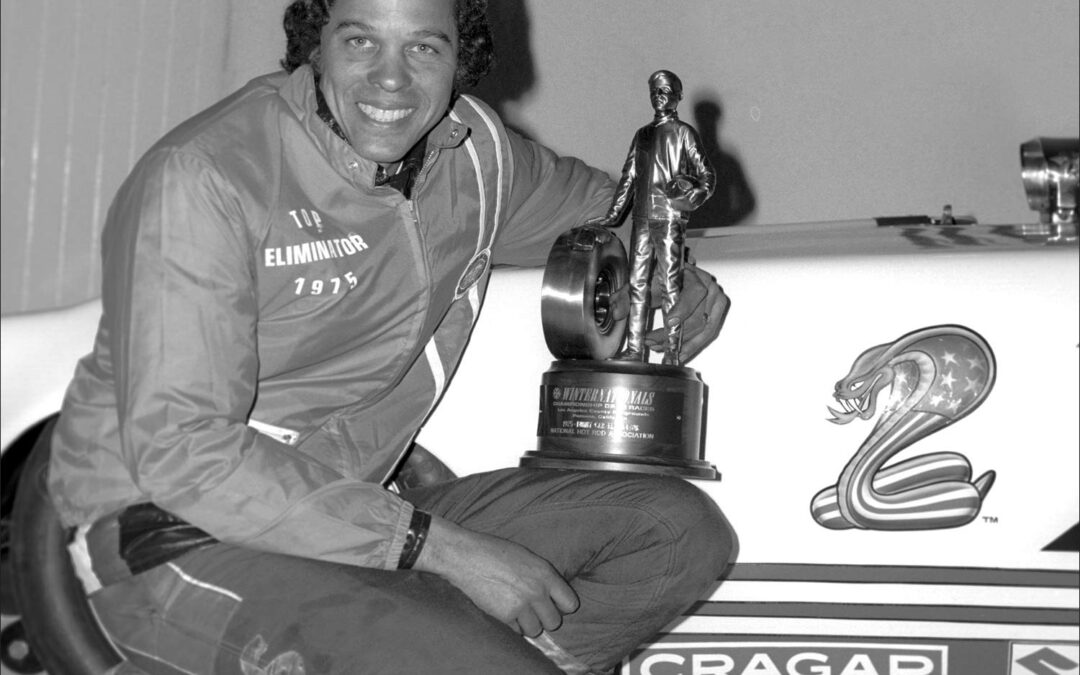
Don “The Snake” Prudhomme reveals for the first time ever his incredible life and career on and off of the drag strip.
Imagine spending a year with Don “The Snake” Prudhomme, having coffee together and talking about his life, his racing, his friends, and his family. He’d tell you about how he rose from being a high school drop-out who was painting cars to a respected Top Fuel dragster driver and successful businessman. You’d hear how he toured the country with Tommy Ivo and “The Hawaiian” Roland Leong, racing all the legends from “Big Daddy” Don Garlits to “The Golden Greek” [Chris] Karamesines.
He’d say how he met Tom McEwen and recall how they became the Snake and the Mongoose, leading to a career in Funny Cars that netted him four championships in a row. He’d talk about the thrill of first wins and owning his own teams but also the struggles of bad seasons, crashes and fires, broken parts, and broken contracts. Along the way, he’d speak about the people in his life, such as engine-builder Keith Black and NHRA president Wally Parks, and those who were killed in the wild and unpredictable sport of nitro racing.
It wouldn’t be only racing, though. Prudhomme would share lessons he learned about business and life from such varied sources as a neighbor in Granada Hills to Ford GT40 driver Dan Gurney. He also would talk about the importance of family: how his wife, Lynn, and daughter, Donna, changed his world and how finding out about his African-American roots opened his eyes to a culture and inheritance he’d always wanted.
This is the experience you’ll get in Don “The Snake” Prudhomme: My Life Beyond the 1320.

Architect John Parkinson died in 1935, and the Los Angeles Times praised him: “Future generations have only to walk through the streets of Los Angeles to be reminded how much John Parkinson in his lifetime contributed to the city that grew up under his hand.” In Iconic Vision: John Parkinson, Architect of Los Angeles, author Stephen Gee proves that this singular visionary created the look of America’s most dynamic metropolis, long before the world recognized the city’s importance. Consider that among more than four hundred buildings in the City of Angels that carried his architectural imprimatur, John Parkinson designed:
- Los Angeles City Hall, the most iconic building in California, the tower that changed a futuristic city’s skyline forever;
- Bullock’s Wilshire, the towering structure that rivals the Chrysler Building as America’s premier Art Deco edifice;
- Los Angeles Memorial Coliseum, the world’s only modern stadium to host two Olympic Games, 1932 and 1984–and still home to the USC Trojans;
- Los Angeles Union Station, the Mission-Moderne-Art Deco masterpiece that brought together California’s railroads and became a legend before the first trains roared in.
Iconic Vision, the first biography of the master architect, documents–in remarkable detail and images–Parkinson’s monumental contributions to the city he loved. Although other architects’ names have become synonymous with the city, John Parkinson designed more landmark buildings in Los Angeles than any other architect, living or dead. And, while other architects may have taken credit for Parkinson’s designs, Stephen Gee’s penetrating biography establishes the truth. He tells the story of a man who envisioned tomorrow.
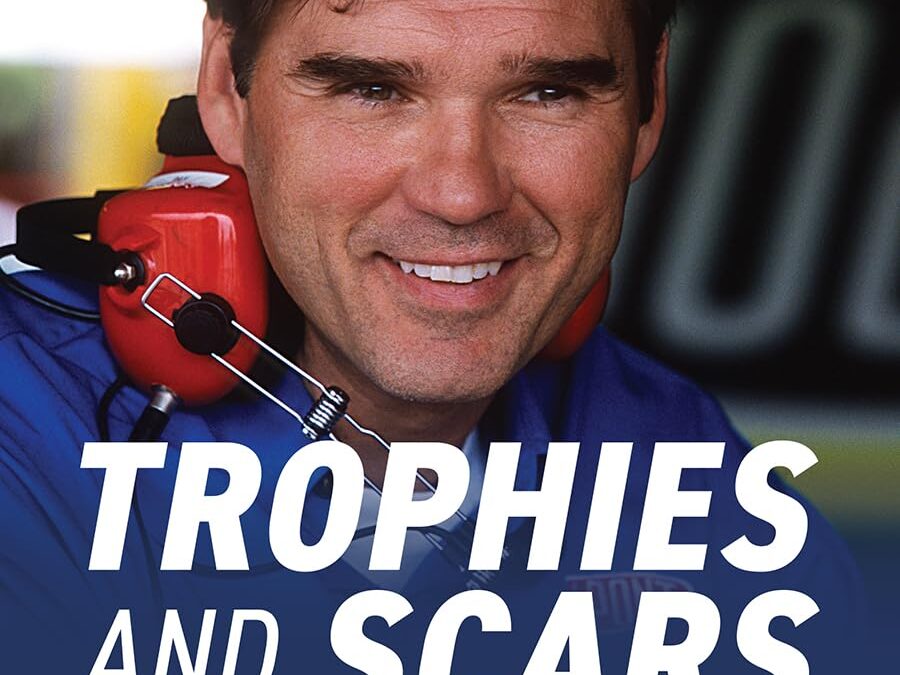
Trophies and Scars is the profoundly personal, sincere, and remarkably revealing story of the life and times of NASCAR Hall of Famer Ray Evernham. A son of the Jersey Shore, Evernham dedicated his life to fulfilling his boyhood dream of becoming a professional race car driver.
By age eighteen, he was banging fenders with good success on the Northeast short track circuit. When his dreams of becoming an Indy car sensation literally crashed and burned, he turned to Roger Penske’s International Race of Champions (IROC), before another brutal crash forced him to give up his Indy dream for good.
It was time to change careers.
As a leader of a race team on the technical rather than the driving side, he discovered new skills critical to building successful racing organizations. A brief, ill-fated, and downright volatile stint on Alan Kulwicki’s crew, turned into a “right place at the right time” scenario, sparking a seminal partnership with racing phenom Jeff Gordon. They would prove to be one of the most potent racing duos in history.
Evernham shares previously untold tales of how the duo led the No. 24 team to three championships in four seasons (1995, 1997, 1998) and a series-leading forty-seven wins, revealing in candid detail how and why their storied relationship came to an end.
The book also details Evernham’s time spearheading the return of Dodge to NASCAR, building Evernham Motorsports into one of the most successful NASCAR teams, as well as his transformation into a TV personality with roles as a NASCAR analyst for SPEED, ESPN, ABC, FOX, and NBC and as host to his own TV series, AmeriCarna, on the Velocity channel.
Woven throughout all these stories recounting the many twists and turns of his life, he reveals how he buried himself in work to cope with his personal challenges, such as his son Ray J.’s battle with leukemia and later autism diagnosis. Many of these painful challenges ultimately brought rich rewards, such as the formation of the Evernham Family Racing for a Reason Foundation, funding for IGNITE, education and training programs for young adults with high-functioning autism or Asperger’s syndrome, his loving marriage to Erin, and the birth of their daughter Caite.
You needn’t be a racing fan to appreciate Evernham’s inspiring journey of tireless persistence, radical determination, steadfast leadership, and fearless reinvention. For as he believes, a life lived to the fullest is packed with trophies–and scars.

To the untrained eye, Los Angeles may seem like a spectacle of glitz and glamour, freeways and traffic snarls. But beneath those superficial impressions hides a richly complex and diverse city teeming with quirky art, dazzling buildings, hidden histories, strange spectacles, and inspiring cultural landmarks. Secret Los Angeles guides you to the hidden gems that make the city and surrounding county truly sparkle. Discover the story behind the featherbrained Statue of Liberty of L.A. and the butterflies of an abandoned oceanside neighborhood. Stroll along the other walks of fame and drive along a musical road. Explore a historic movie palace hidden in the Jewelry District and find the inspiration for Disneyland nestled within Griffith Park. Find the secretive locations of Prohibition-era speakeasies and sip top-notch booze at a Willy Wonka-like distillery. Experience a reenactment of the Great Los Angeles Air Raid and uncover the history of Central Avenue’s jazz legacy. Local author Danny Jensen directs you to under-the-radar destinations that are often overlooked, even by locals, yet offer fascinating insight into a place that captures so many people s imagination. Whether you ve recently arrived or lived here all your life, this book will help you see and understand L.A. in a completely new way and inspire you to explore further.
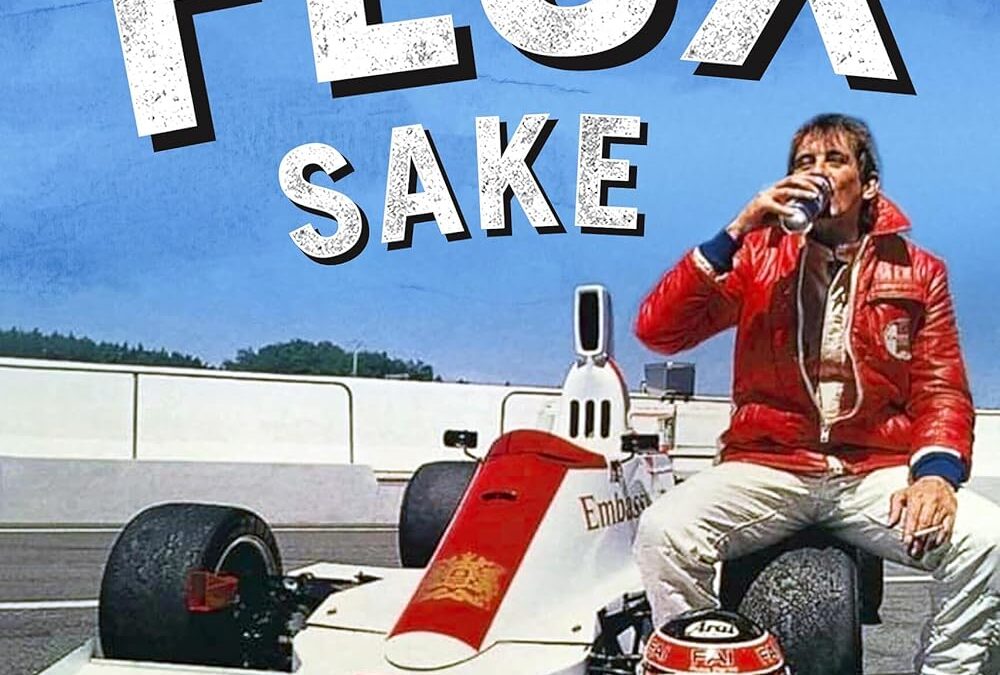
Contrary to popular belief, ‘Fluxie’ did not enter the world on full opposite-lock, nor did he have a cigarette in one hand and a pint in the other. Destined to race, he never got the biggest breaks but he did become one of motorsport’s most colourful and best-loved characters, someone who has always lived life to the full.
Ian Flux’s autobiography tells it how it was, covering not only the highs — including five championship titles — but also the many setbacks. Along the way we laugh with him about much of it, particularly the pranks, but also learn about some dark times that he has never previously divulged.
- Early days: growing up on a farm, first kart aged 6, muddling through in the classroom, lots of laughs — but also sexual abuse from a schoolmaster and an early racing mentor.
- The spark ignites: starting to race in 1970 with a Formula 6 kart, then onwards to Formula Vee; brushing shoulders with Formula 1 working for the Token and Graham Hill teams.
- Grabbing the chances: a Formula Vee title in 1975 leads to Formula 3 and Formula Atlantic, but still with various jobs to make ends meet, including as mechanic to motorcycle racing legend Giacomo Agostini for his four-wheel efforts.
- Diversifying into sports cars: successful adventures in Sports 2000 and Thundersports, winning championships in both, plus Thundersaloons.
- A true all-rounder: going into the British Touring Car Championship from 1988 in a wide range of tin-tops; racing a Jaguar XJR-15 in the big-money 1991 series held at Grand Prix races, including Monaco.
- Championship double in 1996: the ‘golden year’ in the TVR Tuscan Challenge and the British GT Championship, the latter with a McLaren F1 GTR.
- So much else: racing on into recent times, notching up nearly 50 years on track; testing competition cars for Motorsport News; driver tuition and track-day demonstrations.
This is a very different kind of racing driver’s memoir, with lots of laughs along the way together with searing personal honesty.
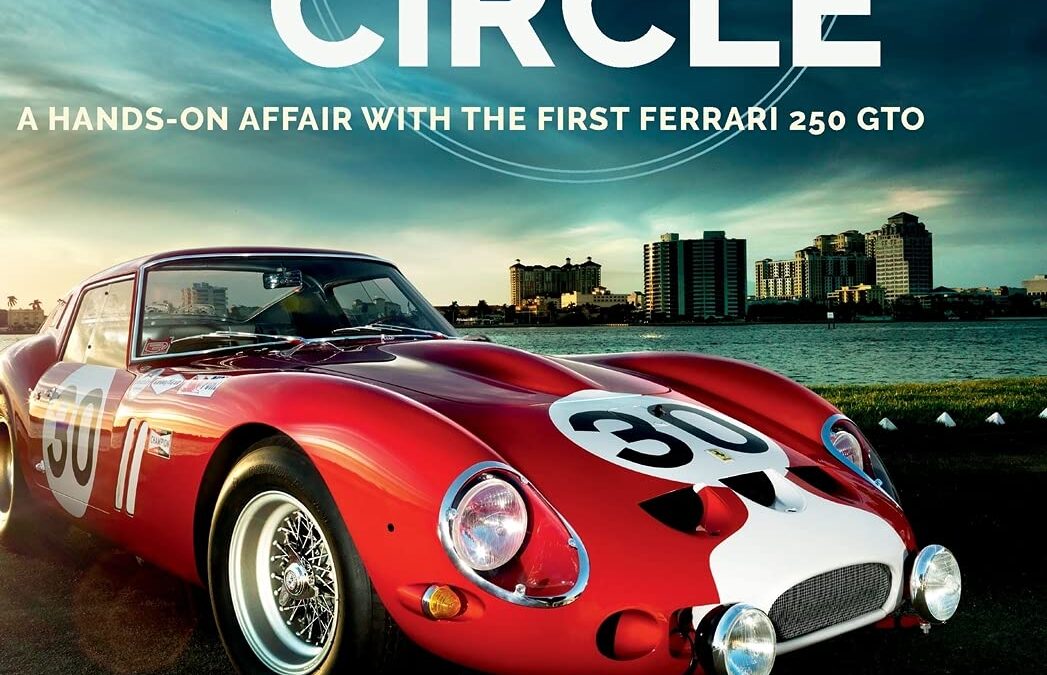
FULL CIRCLE: A Hands-on Affair with the First Ferrari 250 GTO may be the first car memoir – a car revered for its international racing performance and artistic mystique – the first Ferrari 250 GTO, born in Italy in 1962.
It is also the memoir of a man, himself unique – Larry Perkins, a rocket scientist /car racer /artist. His stories chronicle how The Car (a.k.a. “Sophia” named for the elegant Italian bombshell Sophia Loren) pops in and out of his life. These events, and the people associated with them, create a series of full circles in their shared journey.
Full Circle: the past becomes future becomes past, illuminating words to the famous song… “When Everything Old is New Again”.
While Larry was working on the Apollo program to land a man on the moon, and later the Viking Mars Lander program and other space missions, Sophia and Larry had an on-again off-again relationship – an “affair” so to speak – for over 50 years. They found each other in 1963 and formed a surprising dynamic of man-machine synergy. Life was fast and furious, fun and full of trophies. When it seemed destined to be over, Larry sold the Ferrari in 1966 for a mere $3600. The racing duo lost track but were re-united and then parted again. Finally … unbelievably … Sophia found Larry when they were both a little older. With the spark alive, their racing history was re-born in a most spectacular way. Each was transformed by the other.
The memoir starts with a man searching for the perfect race car and develops into a previously unrecorded history of s/n #3223 GT with racing tales. Larry and his wife, Petra, tell of an irresistible GTO attraction and adventures during the exciting era of ’60s sports car racing. (Petra first saw the Ferrari at a memorable race with a fiery crash at Sebring, Florida, when she was 15, but did not meet its driver for 15 more years.)
The authors show the exhilaration of key races and an anecdotal chronology of #3223 with photos, some never seen. They examine what a race driver is really like, the attributes of a highly competitive personality, and the unrelenting dedication to Winning. After all, it was not easy for a small privateer – someone who had started racing relatively late in life (with a consuming day job) – to compete with the likes of racing champions Phil Hill, Pedro Rodriquez, Mario Andretti, and Dan Gurney.
The book emphasizes the value of teamwork. “Doing the impossible” – in racing or rocketry – demands the best of humans working together to render perfect machines. This is an intimate account about the people who made The Car what it ultimately became.
How did this car acquire its timeless aura of mystique?
How cool is it to drive such a powerful and exquisite piece of machinery?
To what degree can a car be considered fine art?
What happened to Larry and why did it turn out to be so spectacular, almost eclipsing his early successes in racing the GTO? When and Where did all this happen?
And best of all, Who are the passionate people that made it happen?
Full Circle: A Hands-On Affair with the First Ferrari 250 GTO answers these questions and provides readers with a thrilling personal play-by-play of racing the very first Ferrari GTO for the very first time.
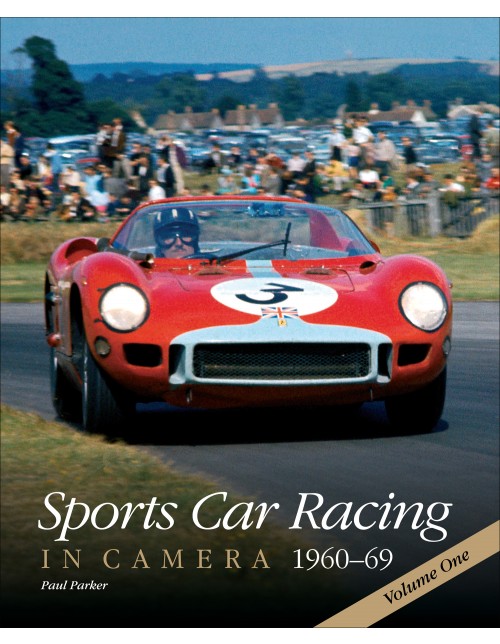
In this updated edition of the original In Camera volume the world of sports-car racing in the 1960s springs to life through stunning full-colour period photography and the author’s detailed and well-observed commentary. From the harsh concrete of Sebring, the treacherous Sicilian country roads of the Targa Florio, the infinite corners, hidden apexes and never-ending crests of the Nurburgring, the banked Daytona and frightening Monza bowl and the aircraft velocities of Spa, Le Mans and Reims, all had to be overcome.
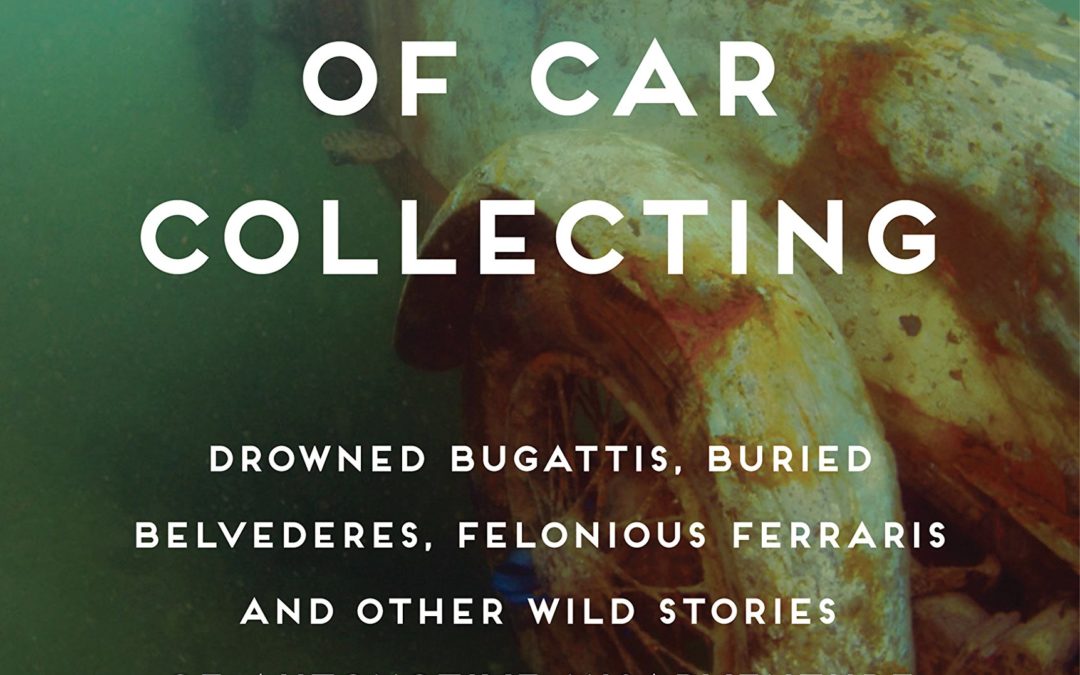
Drowned Bugattis, Buried Belvederes, Felonious Ferraris and other Wild Stories of Automotive Misadventure
Most car collectors exhibit a healthy enthusiasm for their favorite hobby, a tendency to dig into their favorite marques, chase parts, swap stories, and generally live the car-guy life. Some, however, step over that fine line between enthusiasm and obsession—and that’s the place from which spring the legendary car-collector stories.
In Strange but True Tales of Car Collecting, Keith Martin and the staff of Sport Car Market Magazine recount the wildest car-collecting stories of all time, focusing on tales of the most eccentric and over-the-top collectors and collections. Have you heard of the fellow who squirrelled away dozens of Chevelles, Camaros, and other classic muscle cars in semi trailers? How about the president of Shakespeare fishing rods who in the 1960s sold 30 now-priceless Bugattis for a mere $85,000? The English nobleman who cut up and buried his Ferrari horde in an elaborate insurance scam? Or how about the Duesenberg abandoned in a Manhattan parking garage for decades and uncovered by Tonight Show host Jay Leno?
These are just a few of the amazing stories explored in this entertaining book, a must-have title for any car enthusiast. Both car collectors and fans of outrageous classic car, muscle car, and sports car stories will find entertainment in these tales of collectors who’ve gone off the rails.

SIGNED
Ghosts Towns of the West is the essential guidebook to the glory days of the Old West!
Ghost Towns of the West blazes a trail through the dusty crossroads and mossy cemeteries of the American West, including one-time boomtowns in Arizona, California, Colorado, Idaho, Montana, Nevada, New Mexico, Oregon, Utah, Washington, and Wyoming. The book reveals the little-known stories of long-dead soldiers, American Indians, settlers, farmers, and miners. This essential guidebook to the historic remains of centuries’ past includes maps, town histories, color and historical photographs, and detailed directions to these out-of-the-way outdoor museums of the West. Plan your road trips by chapter–each section covers a geographic area and town entries are arranged by location to make this the most user-friendly book on ghost towns west of the Mississippi.
Ghost towns are within a short drive of major cities out West, and they make excellent day trip excursions. If you happen to be in or near Los Angeles, Phoenix, Las Vegas, or El Paso, for example, you ought to veer towards the nearest ghost town. Western ghost towns can also easily be visited during jaunts to national parks, including Grand Canyon, Yosemite, Crater Lake, Mount Rainier, Glacier, Yellowstone, and many others throughout the West.
Ghost Towns of the West is a comprehensive guide to former boomtowns of the American West, covering ghost towns in eleven states from Washington to New Mexico, and from California to Montana. This book has everything you need to learn about, visit, and explore a modern remnant of how life used to be on the western range.

Drowned Bugattis, Buried Belvederes, Felonious Ferraris and other Wild Stories of Automotive Misadventure
Strange But True Tales of Car Collecting recounts the wildest car-collecting stories, focusing on tales of the most eccentric and over-the-top collectors and collections from around the world.
Most car collectors exhibit a healthy enthusiasm for their hobby with a tendency to dig into their favorite marques, chase parts, swap stories, and generally live the car-guy lifestyle. Some, however, step over that fine line between enthusiasm and obsession–and that’s the dusty place where these legendary car-collector stories come from.
Have you heard of the fellow who squirrelled away dozens of Chevelles, Camaros, and other classic muscle cars in semi-trailers? How about the president of Shakespeare fishing rods who sold 30 Bugattis for a mere $85,000? What about the English nobleman who cut up and buried his Ferrari horde in an elaborate insurance scam? Or how about the Duesenberg abandoned in a Manhattan parking garage for decades only to be uncovered by Jay Leno? They only get crazier from there.
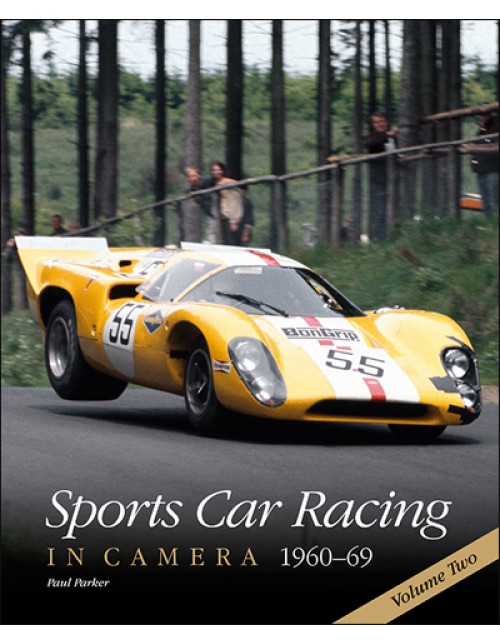
The acclaimed In Camera series returns to take a further look at sports-car racing in the 1960s. This beautifully illustrated second volume reveals the reality and hazards of period racing but also its magnificence. Here are the machines, their intrepid drivers and the many and varied circuits, some of them still public roads, all brought to life through meticulously researched photographs and the author’s renowned commentary. Sports Car Racing in Camera, 1960-69, Volume Two will appeal to all motor racing enthusiasts and especially to collectors of this impressive series.
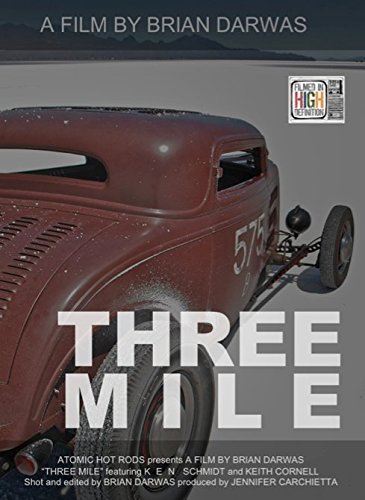
THREE MILE
Join Brian Darwas and the Rolling Bones Hot Rod Shop on a cross country trip full of roadside breakdowns, shop tours, parking lot parties and plenty of racing at what most people consider the birthplace of hot rodding, the legendary Bonneville Salt Flats.
All thirteen hot rods embark on a life time adventure from New York to Utah, where Keith Cornell breaks the world record for the fastest Ford Y-block. With enough salt pit rebuilds, tech inspections, and race runs to keep even the most jaded gearhead one the edge of their seat.
Be there to experience the sun on your face and salt in the air when it all comes down to that THREE MILE pass.
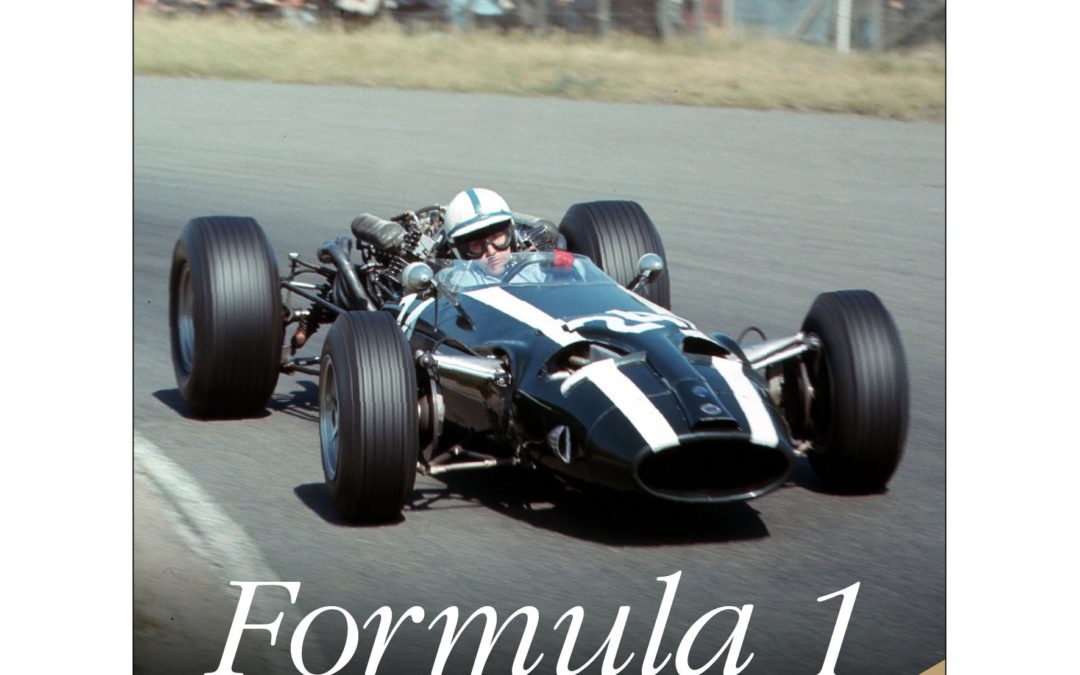
Formula 1 in Camera 1960-69, Volume 2 is a second look at surely the most exciting, perilous and ever varied period in Formula 1, from the end of the 2.5-litre/750cc supercharged era (1954–1960), via the small, delicate and sometimes beautiful 1.5-litre machines of 1961–65 to the 3-litre racers in 1966. It was a decade that rendered front-engined Grand Prix cars finally obsolete, to be replaced by technically superior rear-engined machines. Ultimately wider tyres, better brakes and the emergence of aerodynamic wings and spoilers dramatically increased cornering and straight-line speed. Finally with the advent of the much faster 3 litre machines and following the multiple crashes during the 1966 Belgian GP, the injured Jackie Stewart began his at first much maligned safety crusade which changed motor sport forever. Legendary figures of the era, including Jack Brabham, Phil Hill, Graham Hill, Jim Clark, John Surtees, Denny Hulme and Jackie Stewart, feature throughout this visually stunning and highly nostalgic book, together with some of the now long forgotten and obscure, which is brought to life as usual through the author’s rich commentary.

A small business owner and lifelong lover of classic sports cars, Jackson Brooks began in the early 1960s to purchase, restore and enjoy a long succession of rare automotive beauties, many of which are million-dollar commodities in today’s market. Not so much a collector as an enthusiast and entrepreneur, he recounts in this well-illustrated memoir how he found and selected the cars, some of which were on the verge of the scrap-heap, the process of restoring them, the challenges he confronted along the way, the ones that got away, and always the hunt for the next vehicle to spark his imagination. The cars, primarily sporting machines, include 8C-2.3 Alfa Romeos, a Jaguar SS100, three 1953 Ferrari 250MM Barchetta racers (of 13 built), a 1922 Mercedes Targa Florio racer, a Type 57 Bugatti, a 1929 Mercedes SSK (one of 33 built), four Talbot Lagos, and a 1937 Cord 812 Phaeton among many others, with particular concentrations on Ferrari and Alfa Romeo. Often the sale of one, after restoration and use, financed the purchase of the next, and the text includes the purchase and sale prices as well as approximate present-day market values of the cars. Few people have enjoyed so much hands-on experience with so many of the world’s most desirable automobiles.




